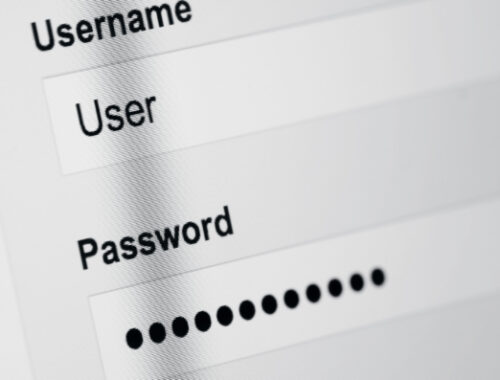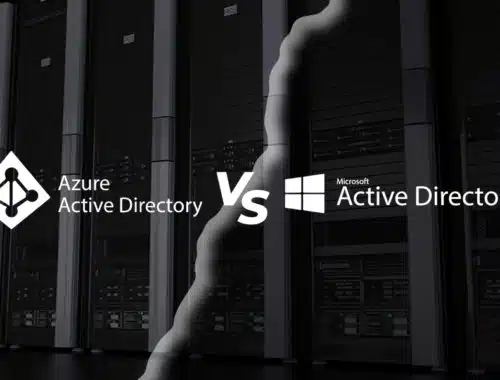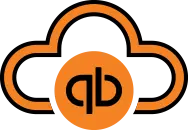Backup and Disaster Recovery Services
A Fully Managed Solution Designed Specifically to Protect Your Business

94%
of companies suffering from a catastrophic data loss do not survive – 43% never reopen and 51% close within two years.
– University of Texas
22%
of businesses with less than 1,000 employees are forced to cease operations immediately after a ransomware attack.

What Is Data Backup and Disaster Recovery?
Disasters happen, regardless of how flashy your equipment is.
Minimizing the effects comes down to the preemptive measures you take. Disaster prep requires a keen understanding of the policies, tools, and backup procedures to enable the smooth recovery and continuation of your business.
IT Support Guys performs thorough backups and establishes strong safeguard processes to protect your irreplaceable data. Our Backup and Disaster Recovery solution – Backups by IT – combines the entire process of disaster recovery into a single service.
Planning, storage, design, testing, monitoring, restoration assistance, failover, reporting and more.
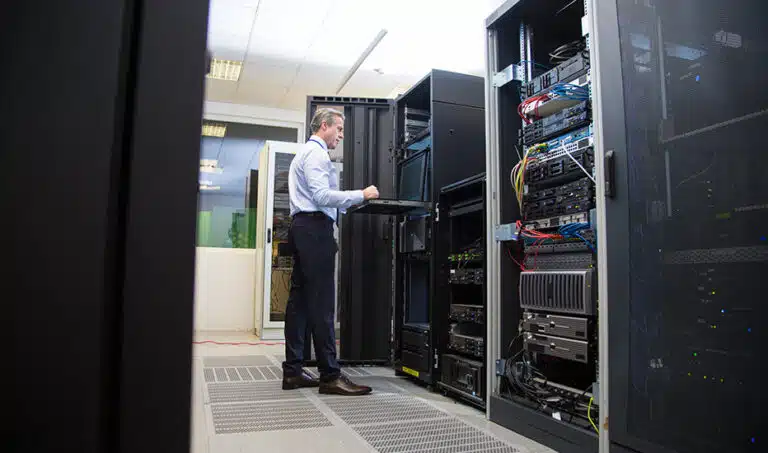
Why Do I Need a
Backup and Disaster Recovery Solution?
Think your data is safe? Between ransomware, hardware failure, natural disasters, and human error — the risk is too great nowadays to run a business without a proper backup and disaster recovery solution as part of your technology footprint.
In today’s business world, your data is the single most valuable asset. Whether you’ve experienced an IT disaster or not, it’s only a matter of time.
Just one hour of downtime costs SMBs an average of $8,000! Give yourself the peace of mind that no disaster can keep your company down for long.
Benefits / Features of our Backup and
Disaster Recovery Services - Backups by IT:
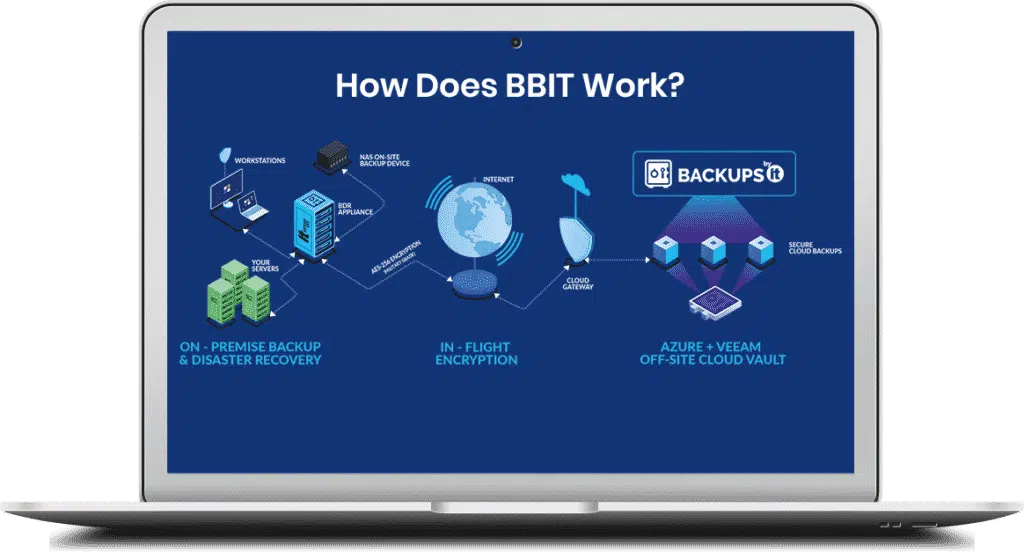
Your First Call
Is on Us!
Let’s connect for a no-pressure
CIO consultation
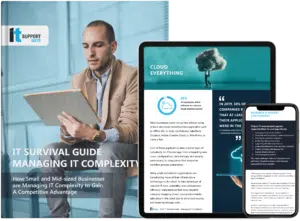
Get Your IT Survival Guide
The IT landscape is rapidly evolving, but we’re here to help. Stay current with the best insights, resources and best practices to keep your business flowing with our IT Survival Guide.

How Does Backup
and Disaster Recovery Work?
Our on-premise data backup and recovery services save full-system images directly to your backup and disaster recovery appliance with instant on-local recovery capabilities.
We utilize additional offsite backups to protect cloud services, and we verify all backups through screenshots on a daily basis.
IT Support Guys adheres to the 3-2-1 data disaster recovery rule by maintaining copies of your critical data on-site, in the cloud, and data centers – ensuring your information is insulated and always available for recovery to minimize downtime.
Spend less time worrying about the unexpected – equip your business with all the levels of protection and recovery it needs.
Backup Solutions Offered at IT Support Guys
We offer a variety of backup recovery solutions to equip your business with the exact level of protection it needs.

Fully Managed BDR Solution
If you’re interested in covering all of your bases, our fully managed services combine the process of backup and disaster recovery into one comprehensive plan. We’ll store, design, test, monitor, and assist with each aspect of your backup and disaster recovery plan – every step of the way.
As soon as you need to recover a file or access an application, our data recovery services will be there to help.

Business Continuity Planning
Don’t just plan to recover from downtime - plan to keep your business running continuously through all kinds of IT disasters, from natural occurrences to internal malicious actors. Not only will this help you rest easy, but your stakeholders won’t worry about discontinuity.

Ransomware Protection
Cybercriminals are all too common these days. Our insider protection and military-grade backup encryption will protect your data from ransomware attacks. Stop living in fear of data loss or ransom scenarios!

Compliance and Data Retention
Data retention, compliance, and security measures aren’t optional. If you’re not properly retaining sensitive data like patient records, emails, or employee records, you might face some hefty fines.
We’ll help you stay compliant with end-to-end encryption, firewalls, and hardened security measures.
Backup and Disaster Security Features

Insider Protection
Backups are automatically stored in our SafeGuard Vault to protect you from accidental or intentional deletion, ready to be restored when needed.

Ransomware Protection
Intelligent Application-Level Monitoring prevents unauthorized applications or software, including ransomware, from corrupting backups. Military-grade encryptions makes data unusable to outside threats.
Frequently Asked Questions
We’ve answered some of the most common questions below. If you still have a question, give us a quick call.
Backup and Disaster Recovery involves a plan, a set of policies, tools, and procedures that enable the recovery or continuation of vital technology infrastructure and systems following a natural or human-induced disaster.
This step-by-step plan is critical to any layered IT security strategy. Businesses need a comprehensive business disaster recovery plan that is regularly tested and verified to ensure business continuity.
The difference between a backup and a disaster recovery plan is scope. A backup might include a file, a database, a full system image or any combination of these. While a disaster recovery plan is a detailed strategy across employees and systems that works together to restore business operations after a disaster or data loss event. Backups are a variable of the disaster recovery equation.
A backup, by definition, is the act of copying data into a secondary form (an archive), which can then be used to restore the original data after a disaster event.
Disaster recovery involves a set of detailed procedures, documents, and integrated systems that facilitate backups, testing, monitoring, recovery, and business continuity after a natural or human-induced disaster event.
Disaster recovery preparedness testing is essential to ensure an effective DR strategy. Typically, there are five disaster recovery testing techniques:
- Paper test– In a disaster recovery paper test, your disaster recovery team logically reviews the disaster recovery plan in detail by updating and annotating key aspects such as DR policies, procedures, timelines, benchmarks, contact information, and checklists. Redundant copies of your disaster recovery plan should be stored online, in multiple locations, with a hard copy located onsite.
- Walk-through test– A walk-through test occurs when a group walks through the DRP to pinpoint any issues that need to be addressed and any modifications that should be made to the disaster recovery environment.
- Simulation– During a simulation test, a hypothetical disaster occurs where the IT department tests the non-system related disaster recovery alerts and procedures to ensure that employees understand the measures they need to take during a real disaster recovery scenario.
- Parallel test– In a parallel test, failover disaster recovery systems are tested to validate whether they meet RPO and RTO objectives and can support critical operations for business continuity. In this test, primary systems remain online and operate under the entire workload while recoverability is tested on secondary systems (an alternative server, network, or cloud DRaaS solution).
- Cutover test – Organizations that want to be 100% confident in their disaster recovery plan will schedule a cutover test that takes primary systems offline while simultaneously bringing secondary disaster recovery systems online that support the full production workload.
There are two key metrics when assessing the effectiveness of a disaster recovery plan, Recovery Point Objective (RPO) and Recovery Time Objective (RTO).
Recovery Point Objective measures the maximum acceptable amount of data loss, including data that would need to be reentered, following unplanned network downtime. Defined after a disaster recovery risk assessment (RA), the RPO is the maximum age of critical files and data a business can permit in order to resume normal business operations.
The Recovery Time Objective is the intended duration of time and service level across the network that must be restored after a disaster to avoid unacceptable consequences following a disaster.
Resources
Case Study

Insurance Law Firm
Learn how we helped one insurance law firm save over $14,680 in prevented downtime during the first year with proactive managed IT support.
eBooks & Guides

10 Questions You Need To Ask When Interviewing IT Professionals
Sifting through resumes to find a perfect fit can be daunting. It is hard to recognize good talent from just reading their resume.
Featured Articles

Contact Us
Speak with an IT Support Guys’ specialist today at 855-4IT-GUYS (855-448-4897) or click here and tell us about your business’ cloud and other IT needs.


